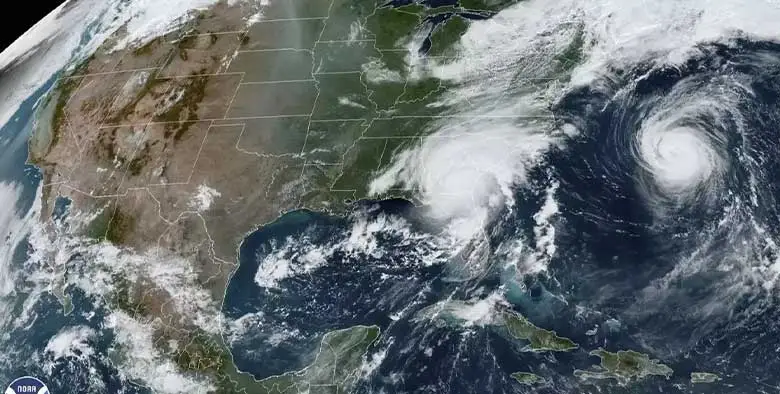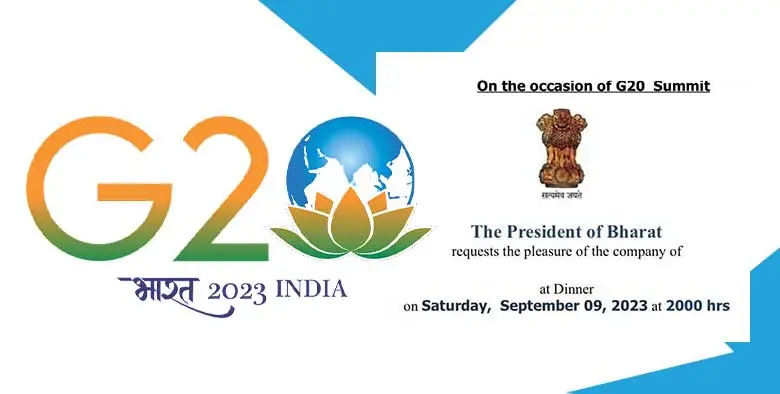Top Stories
- Know Everything About Nipah Virus, Which Is Back In Kerala Again
- Kevin Porter Jr Arrested On His Girlfriend’s Assault Charge
- Market Change Overnight - Know The 8 Things That Did It
- Who Are Alba Baptista And Chris Evans Married On The Weekend?
- Disrupted India vs Pakistan Asia Cup 2023 Match on Reserve Day
- 10 Common Foods That Contain No Calories or Are Very Low in Calories
- Men’s Styling Tips - Know the 9 Common Style Mistakes to Avoid
- Coco Gauff Beats Karoline Muchova and Reaches the US Open Final
- Danny Masterson Gets Life Sentence of 30 Years for Two Rapes
- Experience A Splendid Vacation in Kashmir with These 15 Gorgeous Sights
- India
- Saturday , July 27, 2024
- Last Published Sep 12, 2023, 6:48:32 PM

These Are The Skywatching Events We All Are Waiting For!
To be honest, the year has been pretty low in terms of the second wave of the covid-19 pandemic and a lockdown mode all over again! Well, the sky has some fantastic events planned for us. From eclipses to meteor showers, some exciting stuff is going to happen in the night sky this year! So for all the skywatching fanatics out there, this article is for you!
Blood Moon or Total Lunar Eclipse (May)
The night sky will be graced with a blood moon on 26th May this year. According to the National Aeronautics and Space Administration (NASA), The total lunar eclipse will be visible from Australia, Asia, areas across the Pacific Ocean and most of the Americas. Moon doesn't have its own light, and hence, it takes the light from the sun. A lunar eclipse takes place when Earth blocks the sun's light from reflecting off the moon, shrouding the companion in complete darkness. Fun fact: Total lunar eclipse happens only when there's a full moon, and the moon can also appear to be copper or red coloured due to some light of the sun passing through our planet's atmosphere. [caption id="attachment_8965" align="alignnone" width="300"] Image credits: India TV[/caption]
Image credits: India TV[/caption]
Ring of Fire or Annular Solar Eclipse (June)
Annular solar eclipse, also known as the ring of fire, occurs when the moon passes between the sun and the Earth but doesn't wholly shadow the sun creating a visible ring of sunlight. If you live in New England, New York or southern parts of Quebec and Ontario, there will be an excellent opportunity for you to see the most unusual yet beautiful sunrise. This eclipse will also be visible from Greenland and Russia. The phenomena will take place on 10th June 2021. [caption id="attachment_8970" align="alignnone" width="300"] Image credits: Britannica[/caption]
Image credits: Britannica[/caption]
Perseid Meteor Shower (August)
According to NASA, the Perseid meteor shower will be the best meteor shower of 2021. The meteor shower is thought to originate from the comet 109P/Swift-Tuttle. When our planet is graced with many meteoroids(space rock) at once, we call it a meteor shower. If a comet's orbit gets too close to the sun, the ice stuff boils off, releasing many clouds of dust and rock particles. Each year, the Earth completes its revolution around the sun and thus, smacks into a bunch of comet debris. The best time to watch bright meteors or fireballs is after the moon sets, leaving the rest of the sky dark. (around 10 p.m. local time). The Perseids are likely to peak on the night of 11th or 12th August this year. However, one gets the best view from the Northern Hemisphere. [caption id="attachment_8972" align="alignnone" width="300"] Image credits: New York Post[/caption]
Image credits: New York Post[/caption]
Partial Lunar Eclipse (November)
According to NASA, a partial lunar eclipse is set to occur in the month of November this year. The phenomena will be visible from Australia, America and parts of Asia and Europe. As the name suggests, a partial lunar eclipse occurs when our planet partially cover's the moon. The striking thing about this lunar eclipse is that it will create a Japanese Lantern Effect, an amazing sight to behold for someone witnessing it with naked eyes or viewing with a small telescope. [caption id="attachment_8971" align="alignnone" width="300"] Image credits: The Statesman[/caption]
Image credits: The Statesman[/caption]
Geminid Meteor Shower (December)
According to the International Meteor Organization, Geminids are usually considered to be the strongest meteor shower of the year. The Geminid meteor shower is really bright, fast and appears to be yellow. Under dark sky conditions, one can witness the graceful meteors. The best time to watch the constellation of Gemini is around 3 a.m local time. Fun fact: Geminid meteor shower can travel about 127,000 km/h. (79,000 mph) [caption id="attachment_8969" align="alignnone" width="300"] Image credits: CGTN[/caption]
Image credits: CGTN[/caption]











